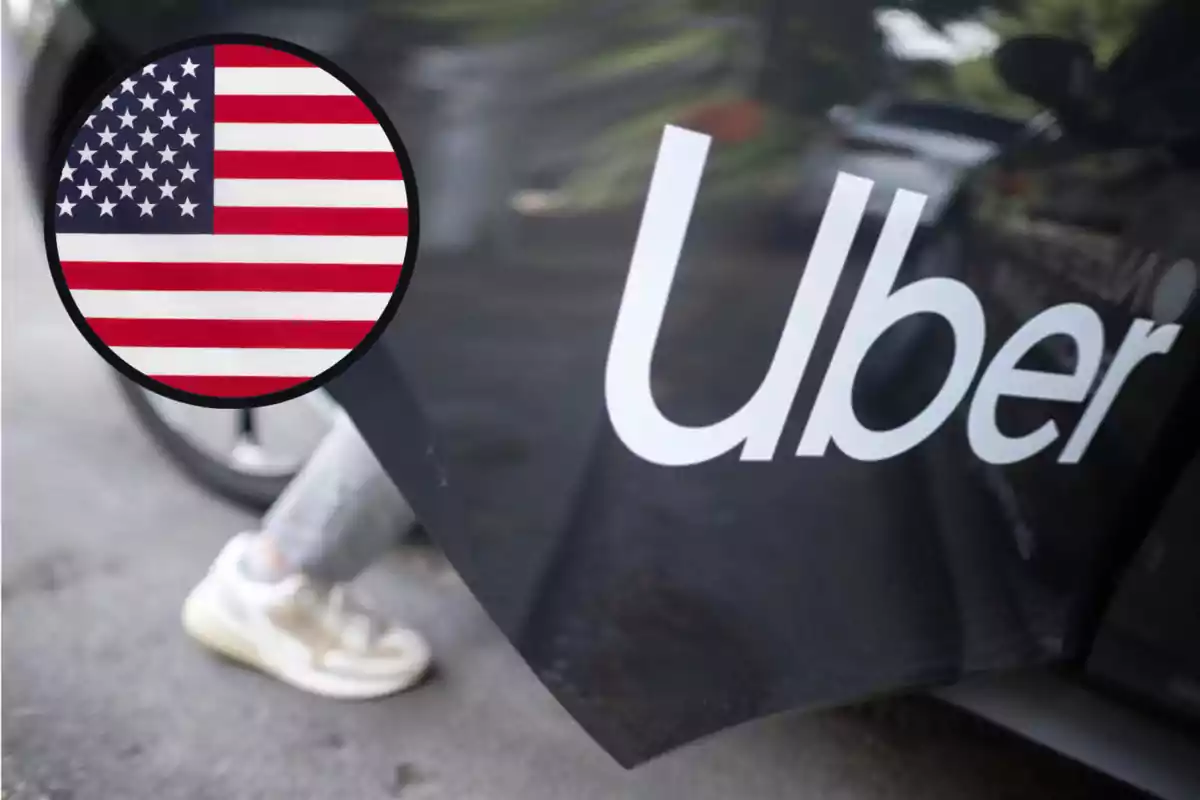Uber has just announced a historic change in the way we move. The company wants to deploy 20,000 robotaxis, autonomous vehicles that don't need a human driver, in different cities around the world.
To achieve this, Uber signed an agreement with Lucid, which will manufacture the Lucid Gravity electric SUVs Lucid Gravity, and with Nuro, which will provide the level 4 autonomous driving technology. These cars will be able to operate on their own in specific areas, with no need for human intervention.
The plan is to start in a major U.S. city in 2026 and then expand globally over the next six years. Uber will manage the technology platform that connects passengers, organizes rides, and handles payments. However, this leap won't be immediate or simple.

The obstacles that slow the mass arrival of robotaxis
Although the technology is ready to make the leap, regulation is a major challenge. Each city and state has its own laws and regulations to approve autonomous vehicles. Uber must obtain permits, prove the system's safety, and comply with strict controls before it can operate with passengers.
In addition, not all areas are ready to accept these driverless cars. In small cities or rural areas, the lack of infrastructure and trip density means the business isn't viable yet. That's why the arrival of robotaxis will be gradual and will be limited first to urban and technologically advanced areas.
What future awaits human taxi drivers?
For taxi drivers, this news may be concerning. Uber CEO Dara Khosrowshahi said robotaxis will coexist with human drivers for at least a decade.
This means drivers will remain key for difficult rides, such as in rural areas, suburbs, bad weather, and special transfers.
The expectation is that robotaxis will initially absorb nighttime airport trips, rides in very busy urban centers, and university areas. That's why, although competition will arrive, the change will be gradual and will allow taxi drivers to adapt, perhaps by focusing on more personalized or specialized services.
Economy and technology: the great balance
For a robotaxi to be profitable, it must cost less than $50,000 and operate with high efficiency. For now, margins are tight and large-scale deployment is a costly challenge.
In addition, Uber doesn't manufacture the cars or the autonomous driving technology. Its strategy is to partner with companies like Lucid and Nuro to integrate their vehicles into the Uber platform. This allows it to quickly expand its offering once regulations allow it in each city.

